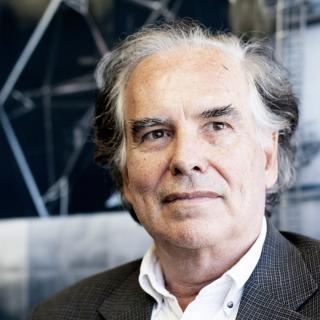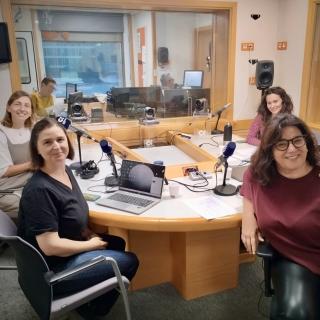It may interest you
-
 The Instituto de Astrofísica de Canarias (IAC) announces the death of its founding director, Professor Francisco Sánchez Martínez, whose determination led to the creation of one of Europe's leading research centres and two of the world's finest astrophysical observatories: the Teide Observatory in Tenerife and the Roque de los Muchachos Observatory in La Palma. He passed away today in Madrid, where he had been living for the last few years, at the age of 89. The director of the IAC, Valentín Martínez Pillet, emphasises that "Professor Sánchez's legacy is incalculable. He was a man who pavedAdvertised on
The Instituto de Astrofísica de Canarias (IAC) announces the death of its founding director, Professor Francisco Sánchez Martínez, whose determination led to the creation of one of Europe's leading research centres and two of the world's finest astrophysical observatories: the Teide Observatory in Tenerife and the Roque de los Muchachos Observatory in La Palma. He passed away today in Madrid, where he had been living for the last few years, at the age of 89. The director of the IAC, Valentín Martínez Pillet, emphasises that "Professor Sánchez's legacy is incalculable. He was a man who pavedAdvertised on -
 The Museum of Science and the Cosmos hosts the series of talks "From the Sky to the Thesis" to bring astrophysics closer to the publicAdvertised on
The Museum of Science and the Cosmos hosts the series of talks "From the Sky to the Thesis" to bring astrophysics closer to the publicAdvertised on -
 El programa de divulgación científica del Instituto de Astrofísica de Canarias (IAC) en La Radio de Canarias, " Soñando Estrellas" , emitirá su próximo episodio este viernes, 5 de diciembre, a las 22:30 horas, y posteriormente estará disponible en plataformas digitales . E l espacio, de 30 minutos de duración aproximada , y está dirigido y presentado por Verónica Martín . En este episodio, la investigadora del IAC y de la Universidad de La Laguna , Adriana de Lorenzo-Cáceres Rodríguez , hablará de qué tienen en común nuestra galaxia, la Vía Láctea, con sus galaxias ‘primas’ similares a ellaAdvertised on
El programa de divulgación científica del Instituto de Astrofísica de Canarias (IAC) en La Radio de Canarias, " Soñando Estrellas" , emitirá su próximo episodio este viernes, 5 de diciembre, a las 22:30 horas, y posteriormente estará disponible en plataformas digitales . E l espacio, de 30 minutos de duración aproximada , y está dirigido y presentado por Verónica Martín . En este episodio, la investigadora del IAC y de la Universidad de La Laguna , Adriana de Lorenzo-Cáceres Rodríguez , hablará de qué tienen en común nuestra galaxia, la Vía Láctea, con sus galaxias ‘primas’ similares a ellaAdvertised on

